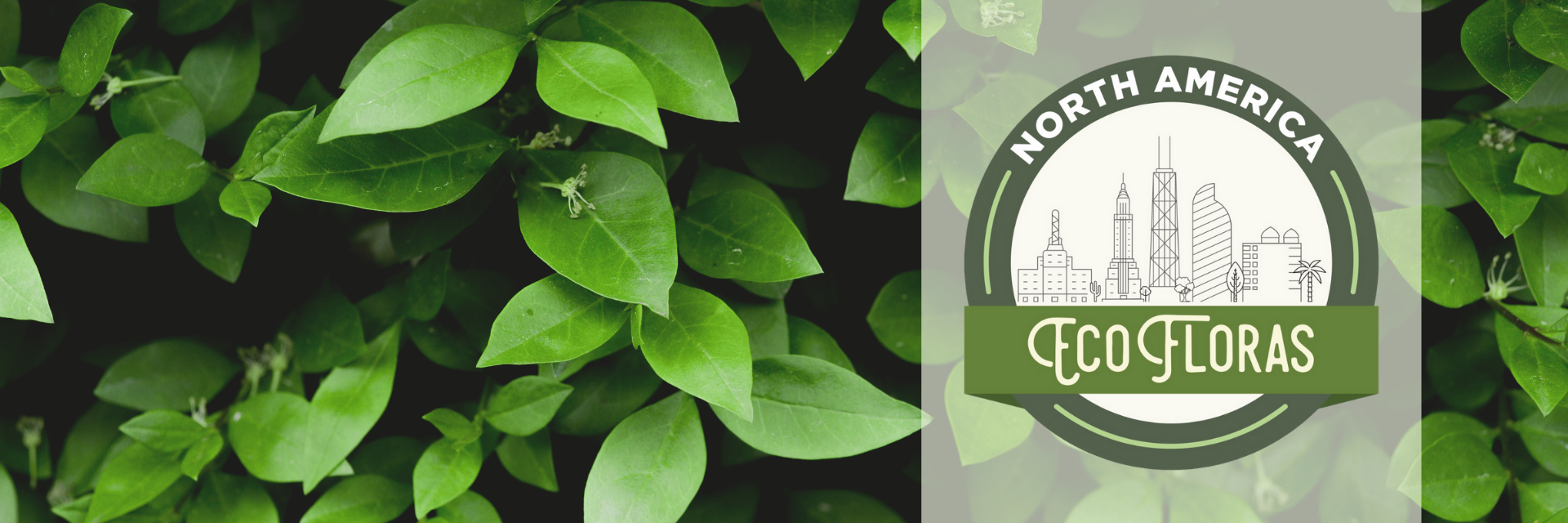
|
Family: Poaceae |
Plants annual. Culms 14-180
cm, solitary or branched at the base; internodes
usually hollow throughout in hexaploids, usually solid for about 1 cm below the
spike in diploids and tetraploids, even if hollow below. Sheaths open; auricles present, often deciduous at maturity; ligules membranous; blades flat, glabrous or pubescent. Inflorescences usually terminal spikes, distichous, with 1 spikelet
per node, occasionally branched; internodes (0.5)1.4-8 mm; disarticulation in the rachis, the spikelets
usually falling with the internode below to form a wedge-shaped diaspore, sometimes
falling with the adjacent internode to form a barrel-shaped diaspore, domesticated
taxa usually non-disarticulating, or disarticulating only under pressure. Spikelets 10-25(40) mm, usually 1-3
times the length of the internodes, appressed to ascending, with 2-9 florets, the
distal florets often sterile. Glumes
subequal, ovate, rectangular, or lanceolate, chartaceous to coriaceous, usually
stiff, tightly to loosely appressed to the lower florets, with 1 prominent
keel, at least distally, keels often winged and ending in a tooth or awn, a
second keel or prominent lateral vein present in some taxa; lemmas keeled, chartaceous to
coriaceous, 2 lowest lemmas usually awned, awns 3-23 cm, scabrous, distal lemmas
unawned or awned, awns to 2 cm; paleas
hyaline-membranous, splitting at maturity in diploid taxa; anthers 3. Caryopses
tightly (hulled wheats) or loosely (naked wheats) enclosed by the glumes and
lemmas, lemmas and paleas not adherent; endosperm
flinty or mealy. x = 7. Haplomes A,
B, D, and G. Triticum is the
classical Latin name for wheat. Infl a thick, bilateral spike with sessile, solitary spikelets borne flatwise to the rachis; spikelets 2-5-fld, turgid but laterally somewhat flattened, disarticulating above the glumes and between the florets; glumes thick and firm, 3-several- veined, excentrically keeled, mucronate or awned from the bidentate summit; lemmas broad, excentrically keeled, firm, acute to awned, with 5-7 nonconvergent veins; caryopsis deeply furrowed in back; annual or winter-annual grasses. 20, Eurasia. Gleason, Henry A. & Cronquist, Arthur J. 1991. Manual of vascular plants of northeastern United States and adjacent Canada. lxxv + 910 pp. ©The New York Botanical Garden. All rights reserved. Used by permission. |
This project was made possible in part by the Institute of Museum and Library Services [MG-70-19-0057-19].
Powered by Symbiota



